How would you define a country as vast and diverse as India?! Tough job, isn’t it? However, even if the culture, food, language, and the way of living differs in various parts of India, the one thing that binds our country together in the spirit of celebrating life which manifests in various Indian festivals. It’s true that celebration is indeed a way of life in India. The sheer number of festivals observed and celebrated in India is a subject of great amazement of people across the globe. Moreover, the melting pot of cultures that our country is has only added to the merriment with all of us partaking in each other’s celebrations.
Having said this, although the festivals form an integral part of our life, there are still quite a few festivals, which we still don’t know about. Some are amusing, while some are shocking, some very wacky, while some quirky. All in all, there are some festivals that have remained alien for people outside the community celebrating them. In this blog, we bring to you a list of 10 unusual festivals in India that you should know about. These fests will take you by surprise and make you fall in love with the diversity of India all over again.
1. Naga Panchami
Naga Panchami is among the most popular festivals and the first one to be celebrated in the month of Shravana (July/August), according to the Hindu calendar. It is observed by Hindus across the country and is popularly observed in Maharashtra, South India, and Bengal. The tradition of worshipping snakes dates back to ages, even before the arrival of Aryans. Nagas or Snakes are considered auspicious since they are said to be directly associated with Lord Brahma. During this festival, the devotees worship the serpentine Gods by offering milk and turmeric to snakes and seeking blessings for their family.
2. Muharram
Muharram is a day of mourning and is observed by the Shia Muslims on the 10th day of the first month of Islamic Calendar, which usually coincides with the month of September. The festival indicates mass mourning over the death of Hussain Ali – the third Imam of Shia community. The death of Imam symbolizes the struggle against tyranny and injustice and Shia Muslims mourn it by inflicting wounds by cutting themselves with sharp objects.
3. Hemis Festival
The popular Hemis festival is the cherry on the cake of Ladakh’s pristine serenity. Celebrated in the 5th month of Tibetan calendar, coinciding with the month of June/July, Hemis festival marks the birth anniversary of Guru Padamsambhav. The legend has it that Lord Padamsambhav defeated the dark forces with the help of Vajrayana Buddhism and therefore the people of Ladakh celebrate on a huge scale over the course of 2 days, marking the victory of good over evil. Celebrated in the 300-year-old Hemis monastery, the masked dance called ‘Cham’, performed by the colourfully dressed Lamas is the major highlight of the festivals. Moreover, a fair is organised as a part of the fest, where you can buy local Tibetan handicrafts and souvenirs.
4. Onam:
Onam is a cultural and harvest festival, and a major annual event for Malayali people in and outside Kerala. Falling on the 22nd Nakshatra Thiruvonam in the Malayalam calendar month of Chingam, Onam overlaps with the months of August-September. The festival is celebrated over the course of 12 days. According to legends, the festival is celebrated to commemorate King Mahabali, whose spirit is said to visit Kerala at the time of Onam. Onam celebrations include boar races, tiger dances, flower Rangoli, women’s dance, mask dance, and more. The Onam Sadya feast, which is the traditional nine or more course vegetarian meal served on a banana leaf is an integral part of Thiruvonam, which marks the last day of the festive celebrations. What’s really commendable is the fact that, although a Hindu festival, non-Hindu communities of Kerala also participate in the festivities, considering it as a cultural festival.
5. Sekrenyi Festival
The Sekrenyi festival, known locally as Phousanyi, is a major annual festival of the Angami Nagas in Nagaland. The festival is observed for 10 days, starting from the 25th day of the Angami calendar month of ‘Kezei’, usually coinciding with the 25th February. It is a ‘purification festival’ held to wash off all past sins. As part of the rituals, men go for a bath at the village well and several tribal dance performances take place by the Angami folks during the festival. The eight-day of the festival involves a unique ritual of pulling down a gate, which means, replacing an old gate that demarcates the property. This is followed in the next two days by the people of villages formally exchanging visits and offering greetings.
6. Thaipusam:
Thaipusam is one of the most unusual festivals in India, which is celebrated in Tamil Nadu, mostly in the temples of Lord Murugan (aka Karthikeya) on the full moon in the Tamil month of Thai (January/February), usually coinciding with Pushya star, known as Pusam in Tamil. This star is at its highest point during the festival. The festival commemorates the occasion when Parvati gave Murugan a Vel or a Spear, so he could vanquish the evil demon Soorapadman. To mark the celebrations, devotees bathe and smear themselves in turmeric. The priests and other chosen ones are required to perform activities like walking on burning coal. Ardent devotees of Lord Murugan pierce their lips with spears, pierce mouth with sharp metal objects, and hook their skin to chains as they try to pull the chariot in order to pay regards to the deity.
7. Lathmar Holi
Holi, that is played with colours and water is very well known to us, but have you ever heard of a Holi that is played with sticks and involves beating and getting beaten up?! Lathmar Holi, which is one of the most unique festivals in India, is celebrated in Vrindavan, Uttar Pradesh, and is an easy-going confrontation between men of Nandgaon, which is Krishna’s village, and women of Barsana, which is Radha’s village near Vrindavan. The legend has it that during the days preceding Holi, Krishna visited his beloved Radha and ended up teasing her friends. The women of Barsana reacted by chasing down Krishna with Lathis, i.e. sticks. Since then, men and women in these villages recreate the famous event every year as women beat up men with long sticks and men try to shield themselves. The unfortunate men who get caught are made to dress like a woman and dance in public.
8. Rural Olympics
Popularly known as Kila Raipur Sports Festival, this grand confluence of events and activities takes place in February each year, in the Kila Raipur Village, some 20 km. from Ludhiana in Punjab. The event sees massive participation from villages in the nearby areas, including foreigners. Sports enthusiasts come to Qila Raipur to see the special breed of bullocks, camels, dogs, mules, and other animals competing in competitive events. The rural Olympic includes various games and sports activities like horse racing, aerobatics, bullock cart race, and other rural sports. Moreover, competitors lifting an entire stack of bricks with teeth, pulling vehicles with hair, and lifting ploughs with the mouth are some of the bizarre activities that make this event unique and unusual.
9. Bhagoria Festival
Have you been thinking all along that India is a conservative country? If yes, then the Bhagoria festival, which is mainly celebrated in Khargone and Jhabua districts of Madhya Pradesh will surely be an eye-opener for you. Mostly participated by the Bhil and Bhilala tribes, the festival has a big haat set up, which acts as a marriage swayamvar where young people go partner hunting. In this larger-than-life marriage fair, youngsters choose their partners and literally run away secretly with them only to be accepted by society later and pronounced as man and wife. Celebrate in the month of March, some 4 – 5 days before Holi, the weeklong festival also marks the advent of the spring season.
10. Goa Carnival
You must have heard of the Rio Carnival, which is considered to be the world’s biggest party. Well, visiting Rio Carnival in Brazil may be a distant dream for many, did you know, one can still enjoy a carnival, very much in India?! The Goa Carnival is the largest in India and is a lesser-known yet Goa’s most famous festival celebrated since the 18th century. The festival is celebrated as a precursor to the abstinence of Lent and is a time when the whole of Goa comes to life. The roots of the Carnival in Goa date back to the introduction of Roman Catholic traditions during the Portuguese conquest of Goa. The parades that take over the cities are as grand as they come with bands, floats, and traditional dances. Evenings are the time to party hard and feast on exotic Goan cuisine. According to local tradition, during Carnival, Goa is taken over by King Momo, usually a local resident who presides over the festival during the 4-day span. King Momo traditionally proclaims the Konkani message, ‘Kha, piye aani majja kar’ which in English, translates to, ‘Eat, drink and make merry’. So the next time you plan Goa, explore its other side, and experience how Goans celebrate life, quite literally!
So, here’s the list of 10 very unique and unusual festivals around India. Probably some of them you knew, while some of them you have known now. The next time you plan your India tour package for any destination across the country, do look out for such unusual festivals in that place. With the initiation of ‘Atmanirbhar Bharat’ and ‘Local for Vocal campaigns’, let’s understand that every festivity also has an economic aspect to it. Taking festival tours across the country will help generate employment and source of income for the locals and will thus help the local economy in many ways. Similarly, taking festival tours around the world and visiting a country in its festive time indeed helps us dive deep into the heart and soul of the land. With life gradually getting back on track, let's bring in the festive spirit and celebrate life as never before!












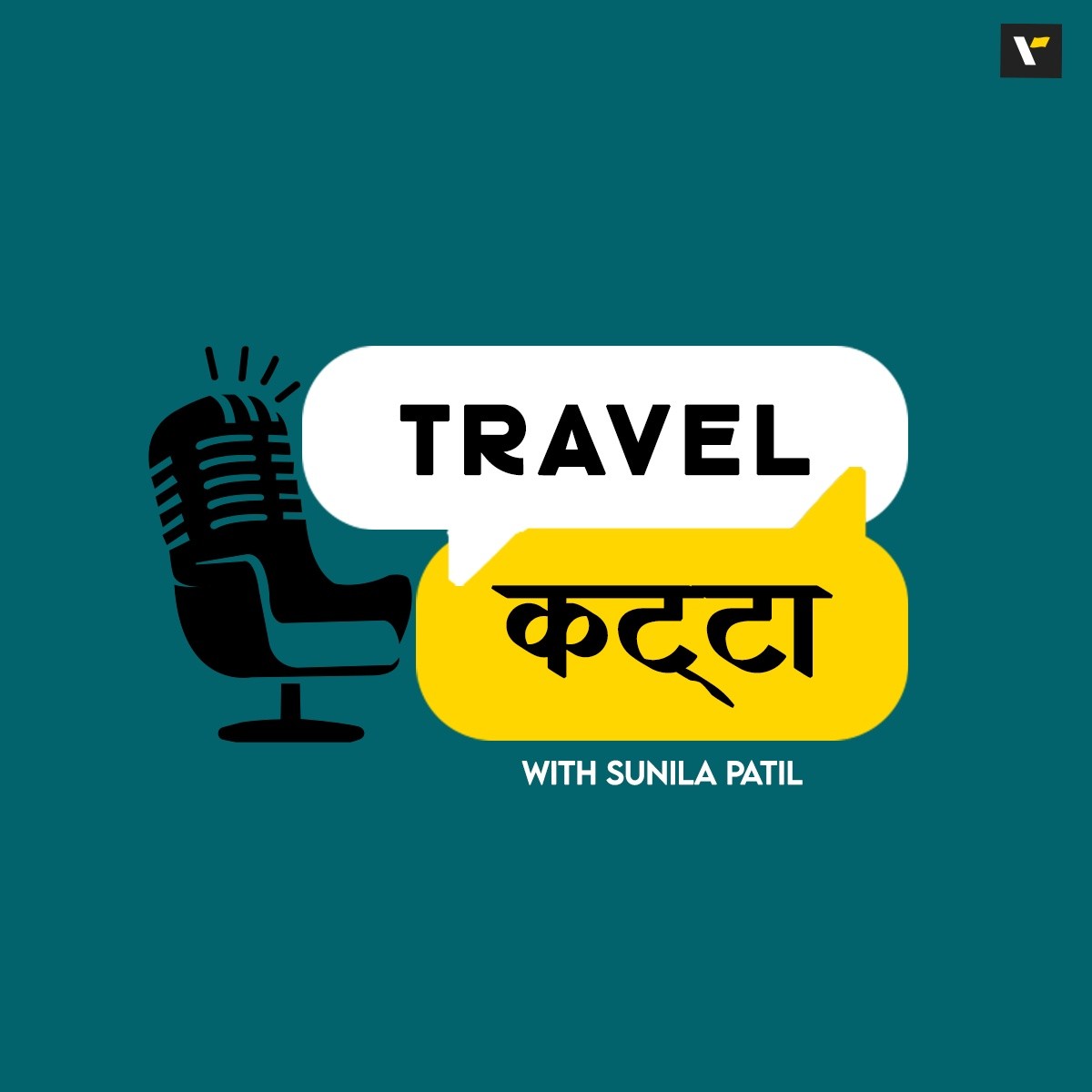
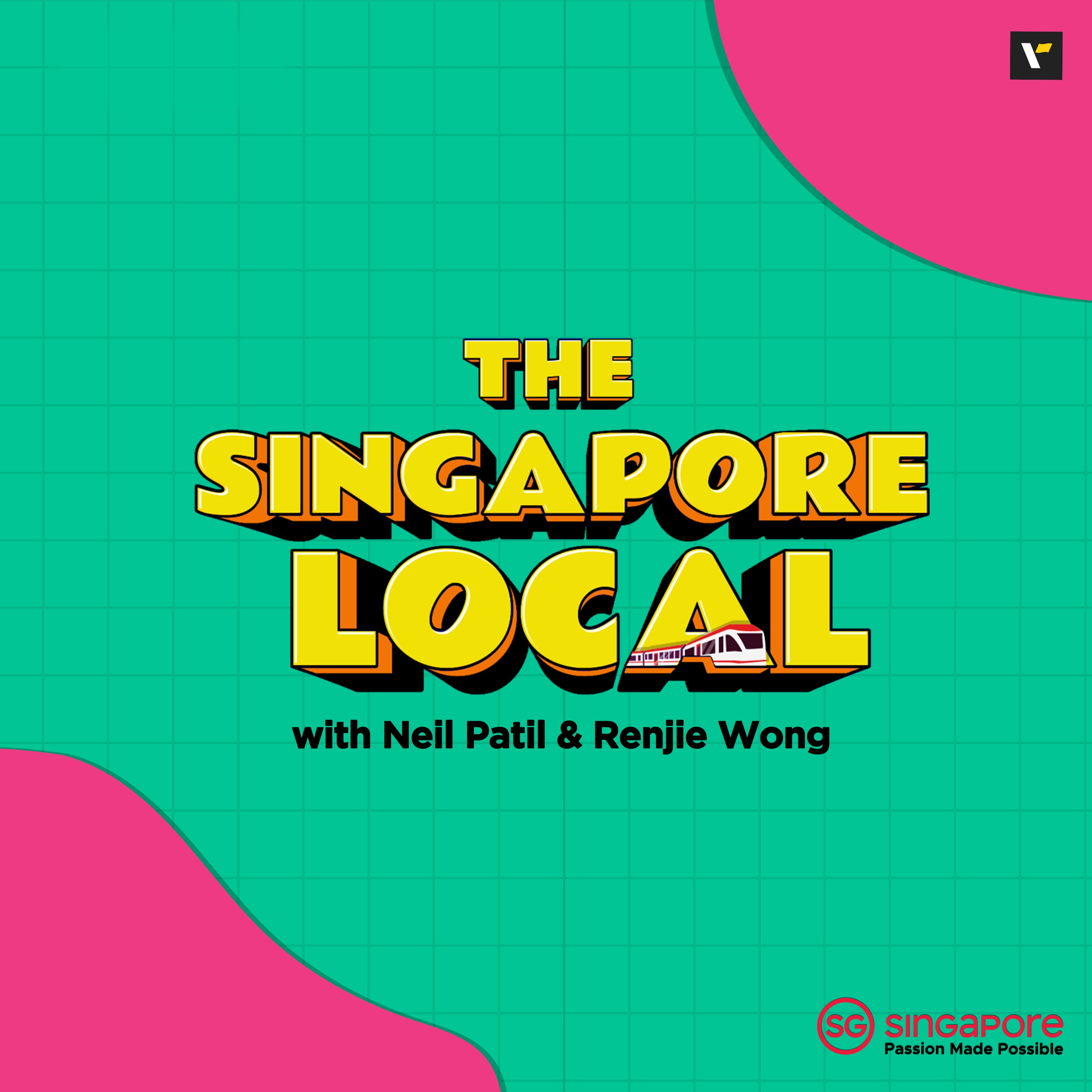
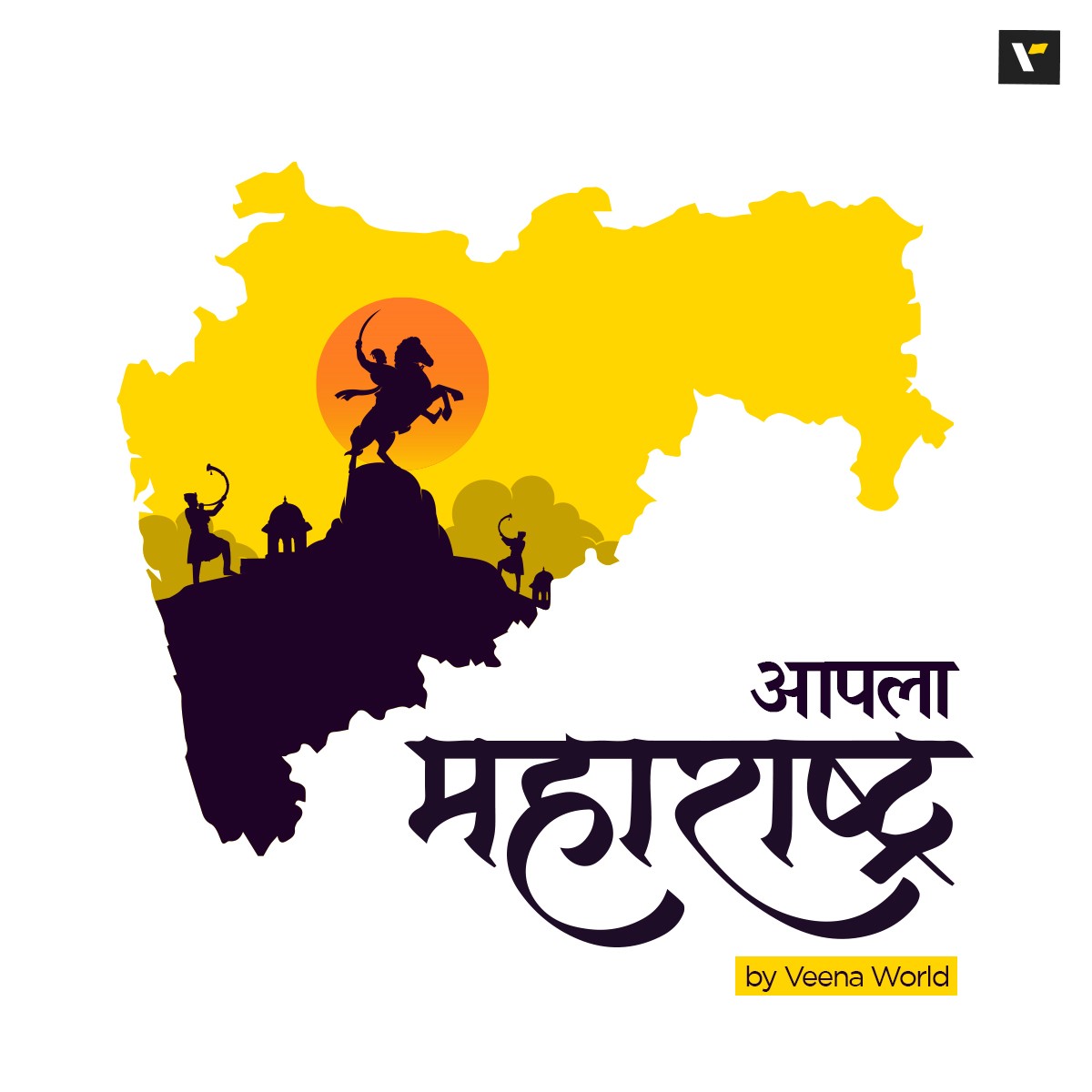









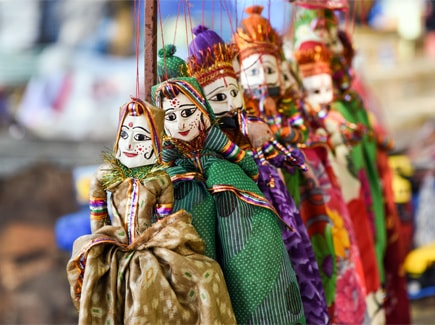

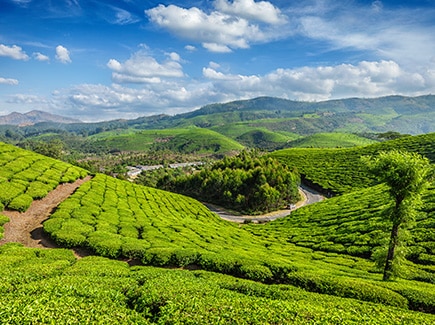

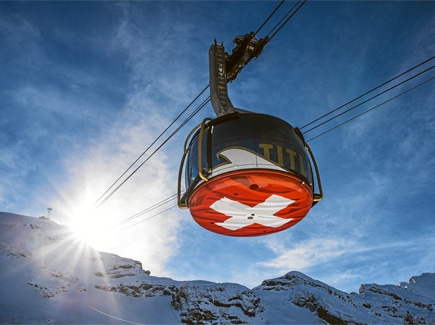
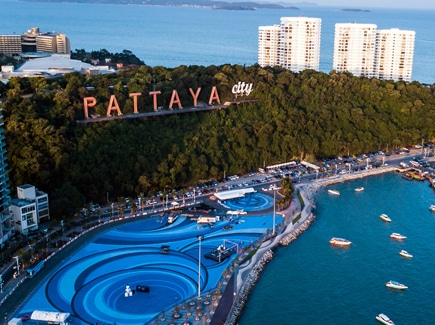
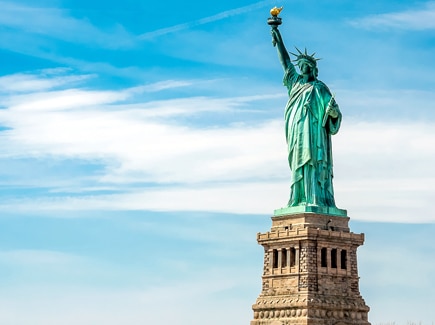
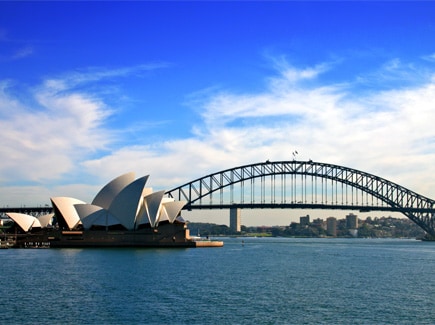


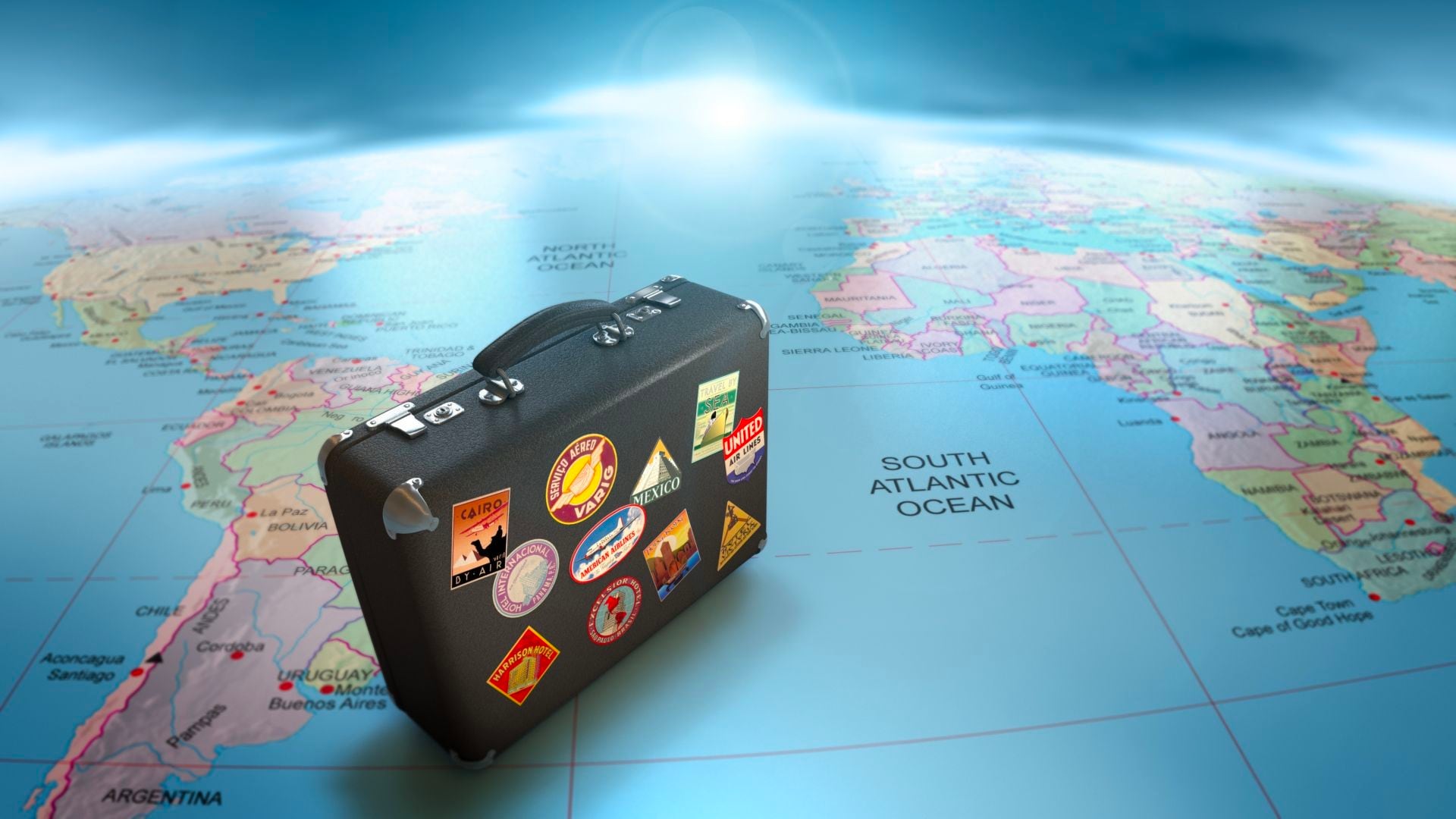

Post your Comment
Please let us know your thoughts on this story by leaving a comment.